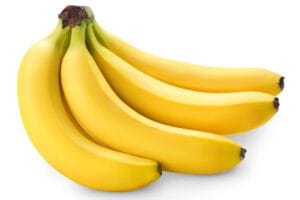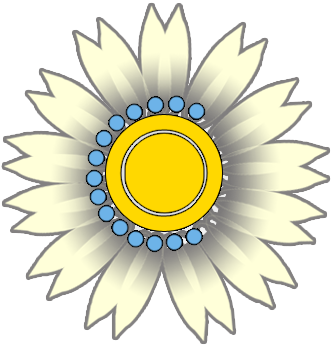From Orchard to Table: When Tree Pollens Bite Back! 🌳🍎
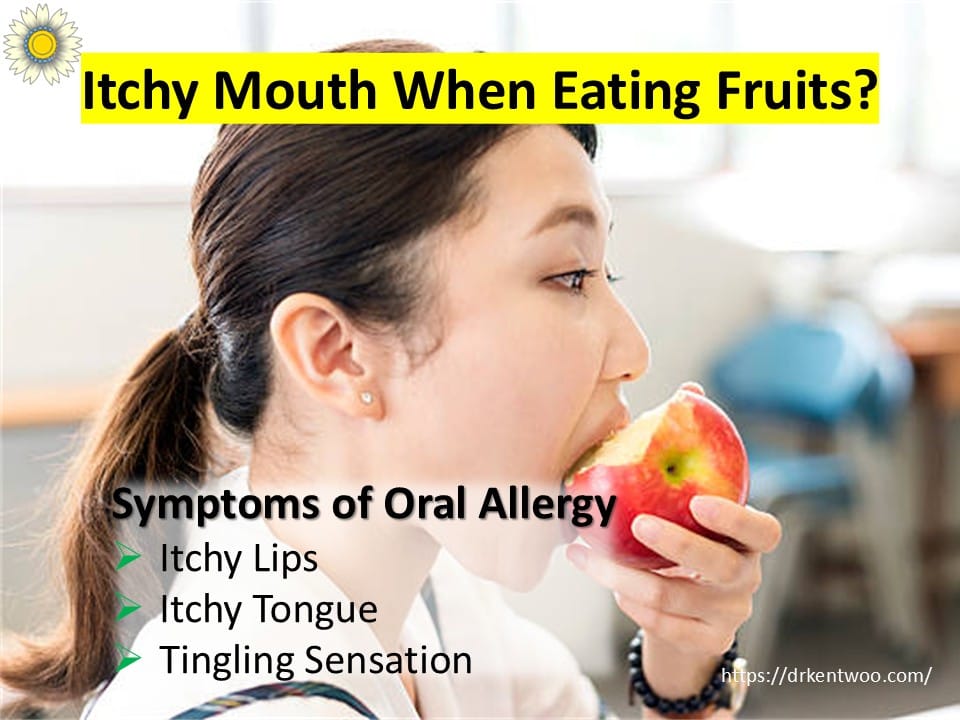
Have you ever bite into a crisp apple or savored a juicy melon – and then felt your mouth itch or your throat tickle?
You are not alone. That odd itchiness is called Pollen–Food Allergy Syndrome (PFAS), also known as Oral Allergy Syndrome (OAS).
This condition happens when your immune system mistakes certain fruit proteins for airborne pollens you are already allergic to.
👉 In our last post, we explored how weed and grass pollens set you up for reactions to melons, tomatoes, bananas—and more.
Now I want to highlight another big culprit: tree pollens—and what they mean for your favorite fruits here in Malaysia.
🌳 Why Tree Pollens Matter—Even in the Tropics
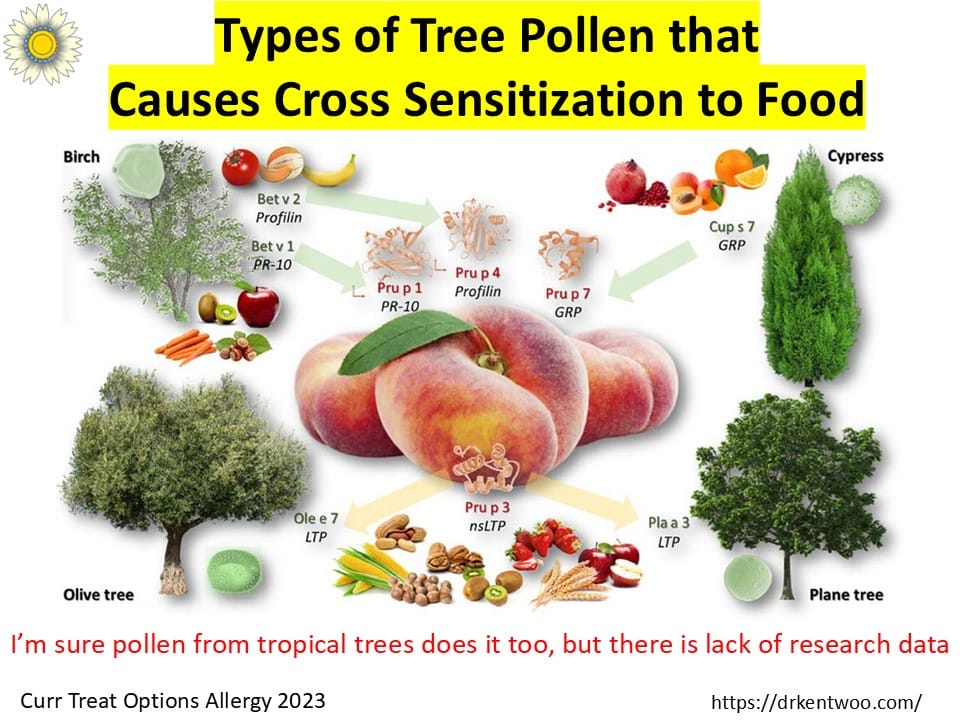
Temperate vs. Tropical: Most PFAS studies come from Europe and North America (birch, alder, oak). Here in Malaysia, our pollens—and our fruits—are completely different.
Data Gap Alert: We know, for instance, that birch pollen (Bet v 1) cross-reacts with apples and cherries. But we lack formal research on tropical tree pollens—like mango, jackfruit, durian, or rubber-tree—that may underlie many local PFAS cases.
PFAS Triggers from Birch Pollen
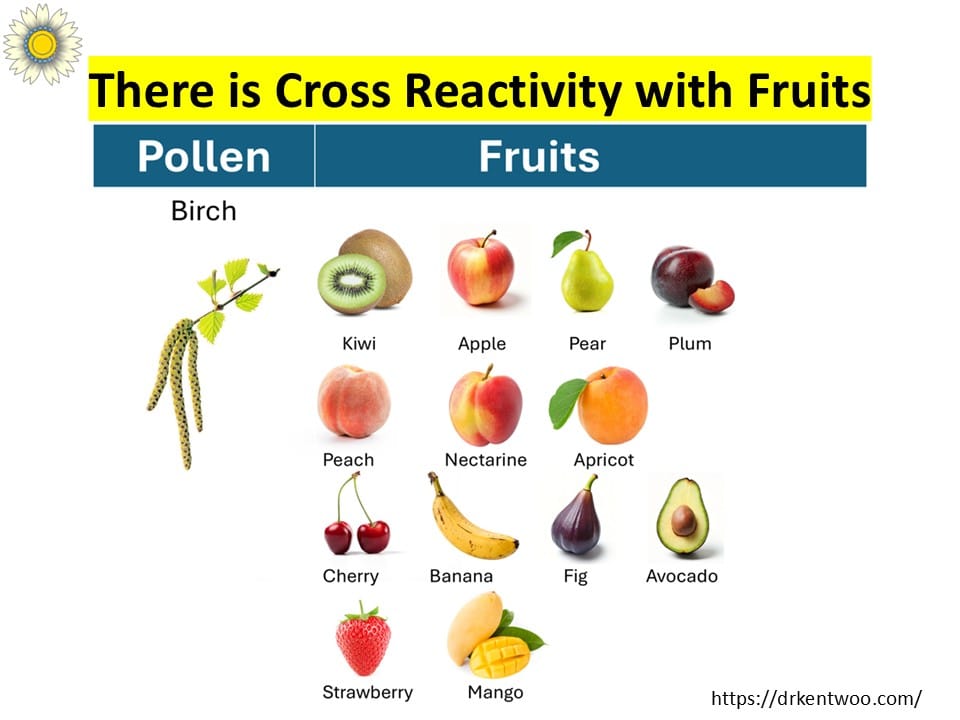
Birch pollen is one of the most well-studied culprits behind Pollen-Food Allergy Syndrome.
So what’s going on?
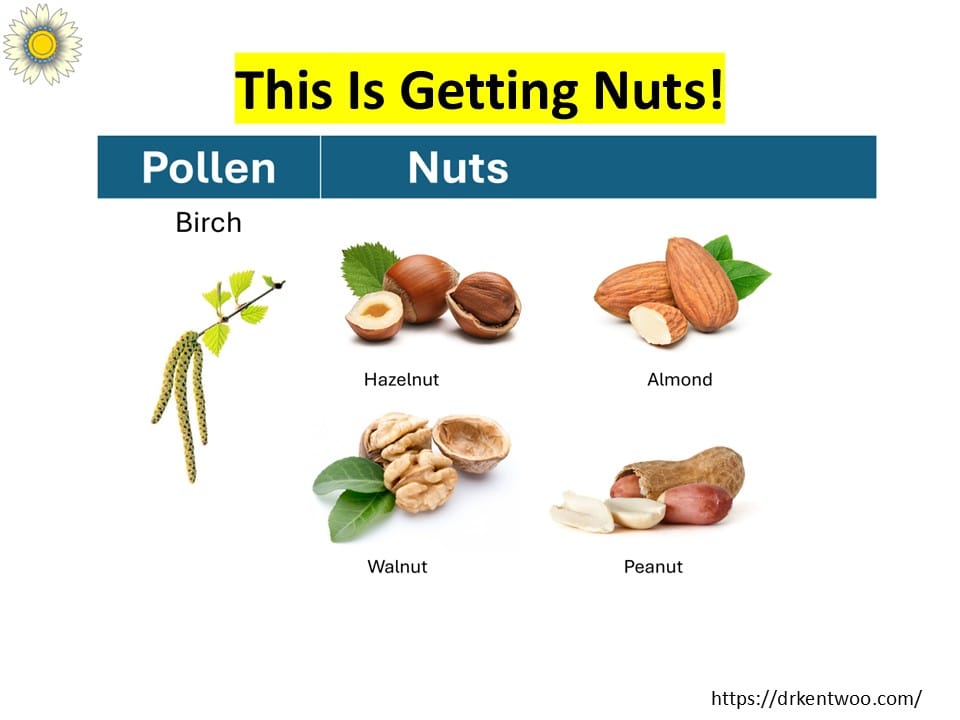
It turns out that certain proteins in birch pollen—especially one called Bet v 1—look very similar (at least to your immune system!) to proteins in many common fruits, vegetables, and nuts.
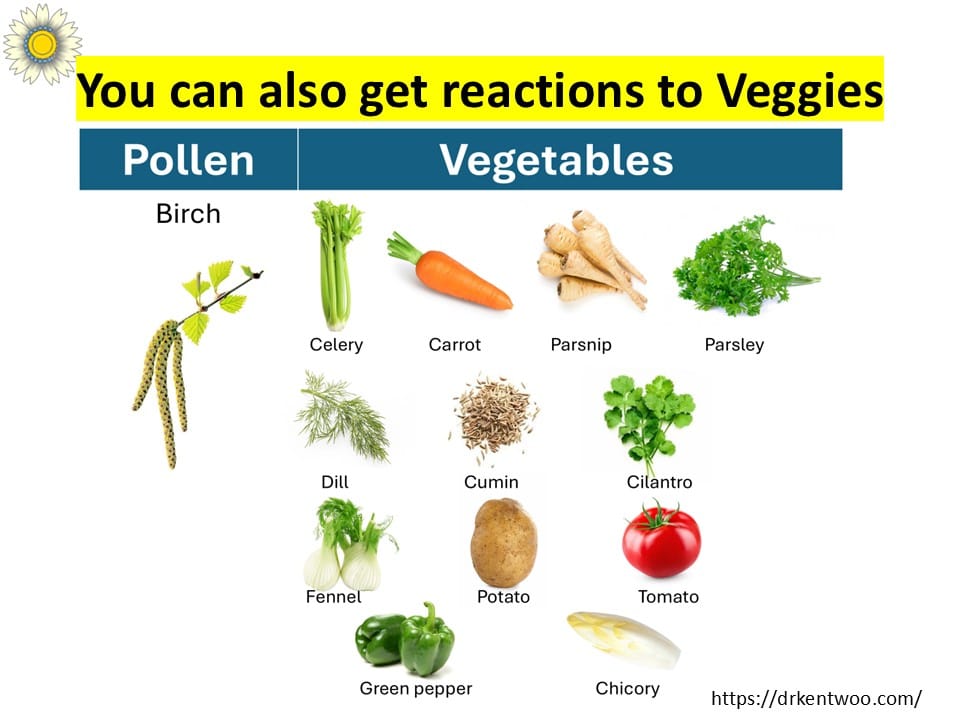
This phenomenon is called cross-reactivity, and it tricks your body into launching an allergic response when you eat something as innocent as a raw carrot.
The result? That familiar mouth or throat itch and lip tingling, often within minutes of eating.
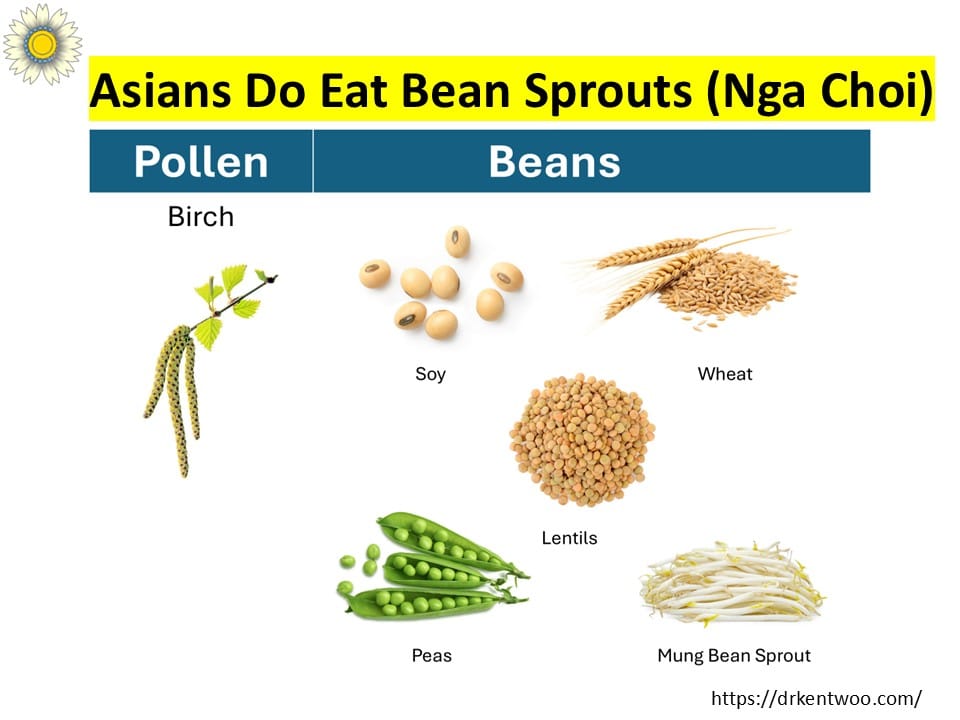
Year-Round Exposure
Malaysia’s warm, humid climate means many trees flower continuously—your immune system never gets a break.Staple Fruits at Risk
Mango, papaya, banana, kiwi… I see PFAS reactions to all of these. However, at this time, we lack the IgE-profiling to pin down the exact tropical tree pollens involved.Heat Matters
Heat-labile proteins (PR-10, profilins) often break down with cooking.
Heat-stable proteins (LTPs, GRPs) survive cooking and can trigger more severe, systemic reactions.
Practical Tips to Outsmart Tree-PFAS
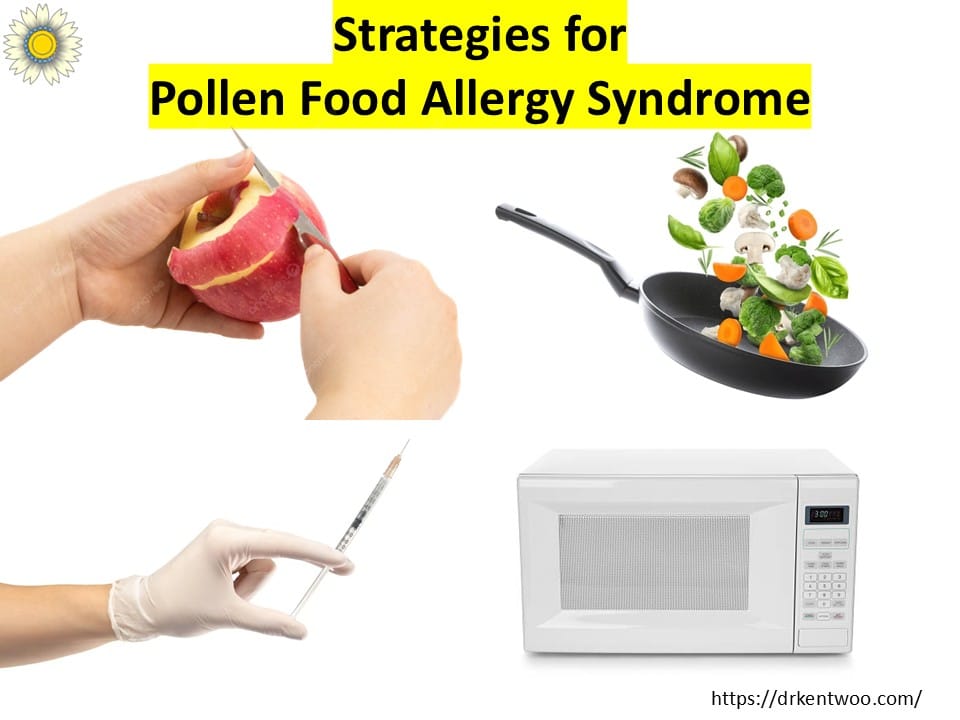
Peel & Cook
Most allergenic proteins hang out just under the skin. A good peel might be enough.
Gentle cooking (stewing, grilling) tames many heat-labile allergens—try it first!
Start Small, Observe Closely
If you are not sure of the fruit, take a tiny bite initially, and stop if you have symptoms.
Ask About Component Testing
CRD (component-resolved diagnostics) tells you exactly which protein family (PR-10 vs. LTP vs. GRP) is the culprit—helping predict cooking tolerance and potential severity.
📌 Tip: I ask my patients to microwave their fruit for 10-20 seconds and sometimes that is all that is needed!
🔍 How We Diagnose & Tackle PFAS
Skin Prick Tests with raw and cooked extracts to reveal both heat-labile and heat-stable sensitivities.
Component-Resolved Blood Tests measure your IgE against specific pan-allergens (profilins, PR-10s, LTPs, GRPs).
Allergen Immunotherapy (SLIT or SCIT) for the culprit tree pollen may gradually reduce both respiratory and oral symptoms—though PFAS-specific protocols are still evolving.
Ready to Pinpoint Your PFAS Triggers?
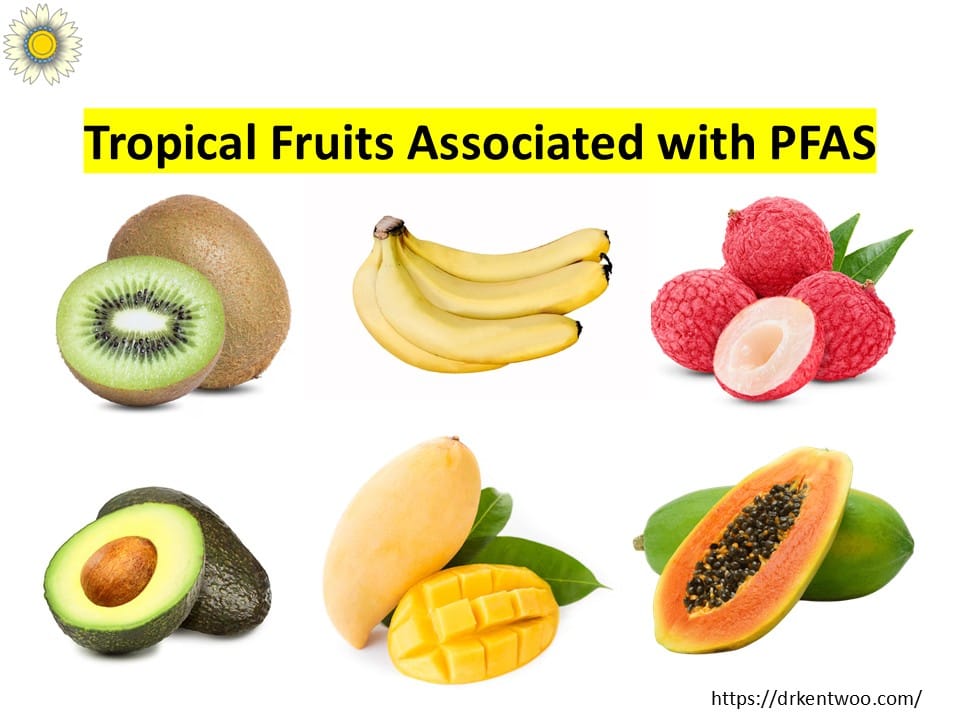
Don’t let mysterious mouth-itching keep you from enjoying fruits. At our Allergy Immunology Clinic in Kuala Lumpur, we provide:
Comprehensive PFAS Evaluation (skin tests + component testing + oral food challenges)
Personalized Management Plans (dietary adjustments, cooking tips, immunotherapy options)
Ongoing Support so you can savor every bite—without the fear
📌 Book your consultation today and let’s get you back to enjoying fruit—no itching required!
References
Kato Y, Morikawa T, Fujieda S. Comprehensive review of pollen-food allergy syndrome… Allergology Int. 74 (2025): 42–50.
Haidar L et al. Pollen–Food Allergy Syndrome: Allergens, Clinical Insights… Appl. Sci. 15, 66 (2025).
WHO/IUIS Allergen Nomenclature Subcommittee. Allergen.org



